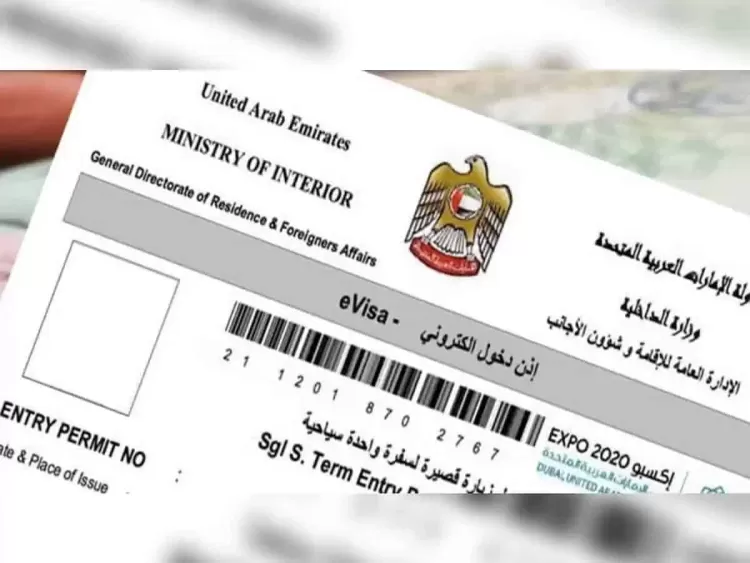Listen: Rethinking the analogy that a Hindustani music performance is like a conversation

Join our WhatsApp Community to receive travel deals, free stays, and special offers!
- Join Now -
Join our WhatsApp Community to receive travel deals, free stays, and special offers!
- Join Now -

In the previous instalment of this series, we listened to instrumental compositions set to the nine-matra Matta taal to understand the way in which the tabla is introduced when such compositions or gats are introduced in performances.
I chose two tracks that featured the iconic tabla virtuoso Zakir Hussain to demonstrate the changes that can be discerned in the accompaniment even if the tabla player and the chosen taal are the same. These changes take place because of the improvisatory nature of the music and the responsiveness that it demands from the members of the ensemble.
The aspect of responsiveness brings to mind the oft-repeated analogy between a Hindustani music performance and a conversation. Indeed, for a performance to reach great heights, it is important for the members of the ensemble to enter a stimulating musical conversation inspiring each other with ideas and emotions.
But does this happen on a regularly? It is not often that the same team of musicians works together. One or the other member could be substituted. This could enhance or disrupt the performance, depending on the musicianship and artistry demonstrated by the new member in the team.
On the other hand, it is equally important for the other members of the ensemble...
What's Your Reaction?
 Like
0
Like
0
 Dislike
0
Dislike
0
 Love
0
Love
0
 Funny
0
Funny
0
 Angry
0
Angry
0
 Sad
0
Sad
0
 Wow
0
Wow
0
























































